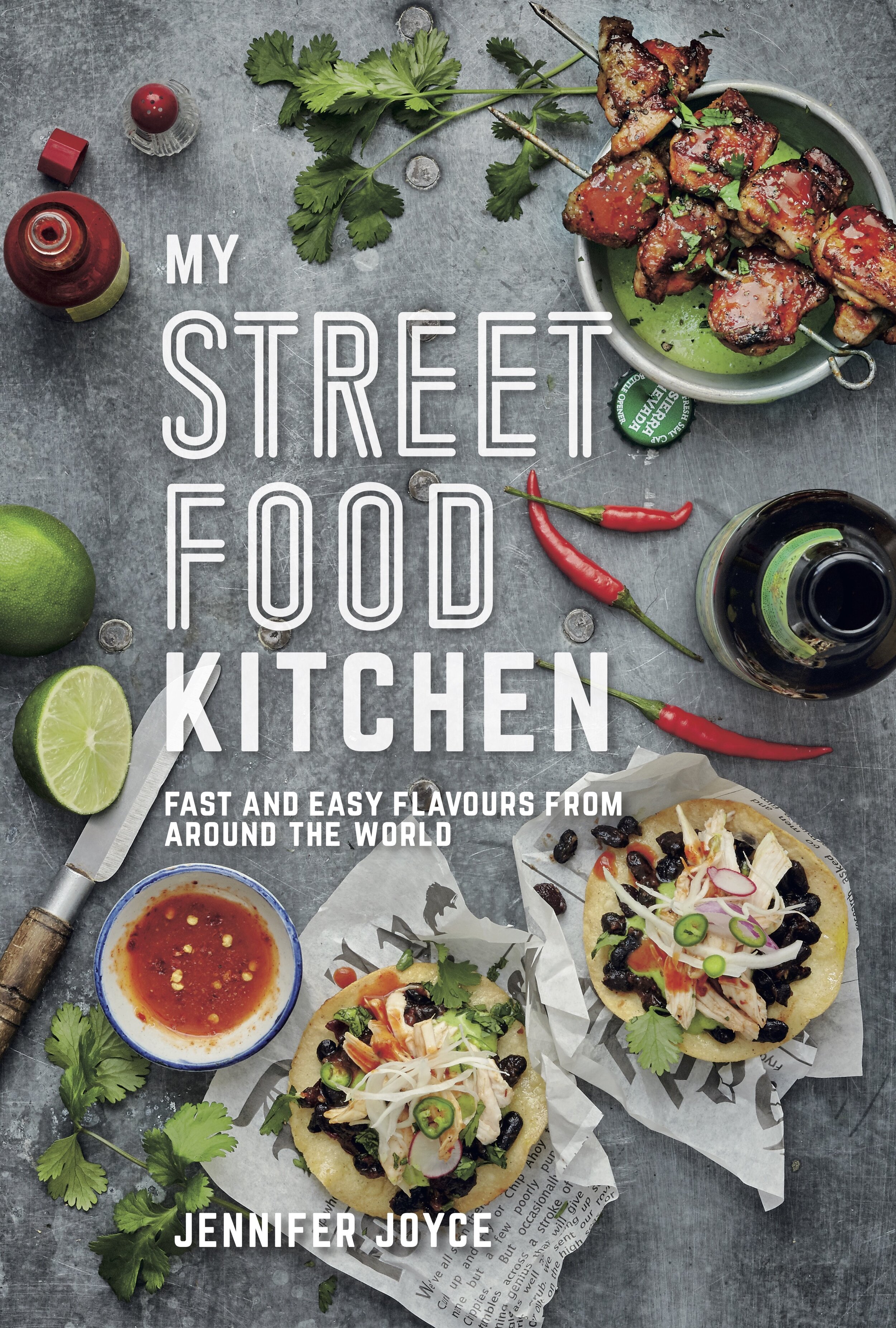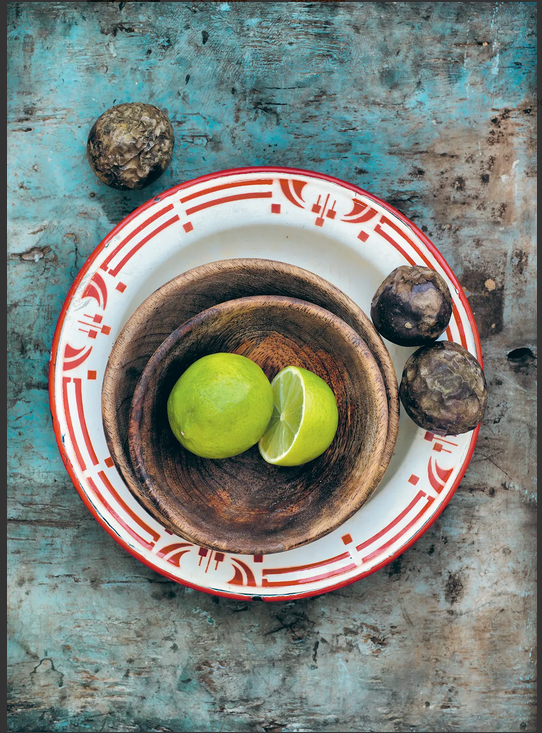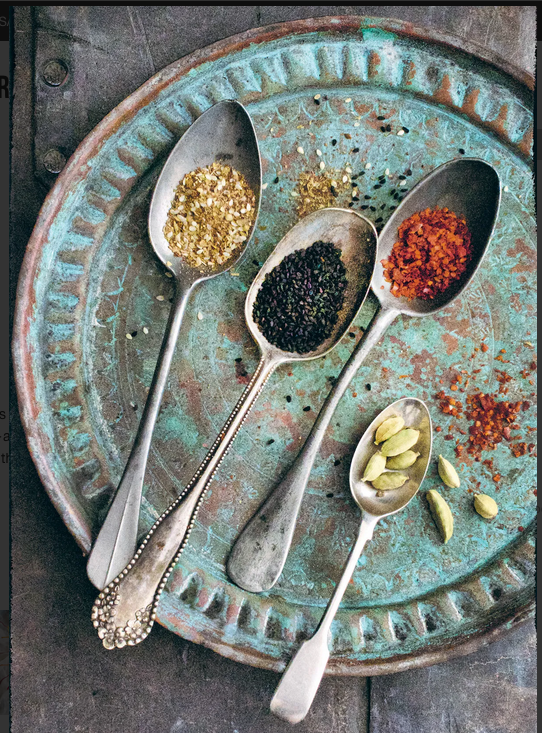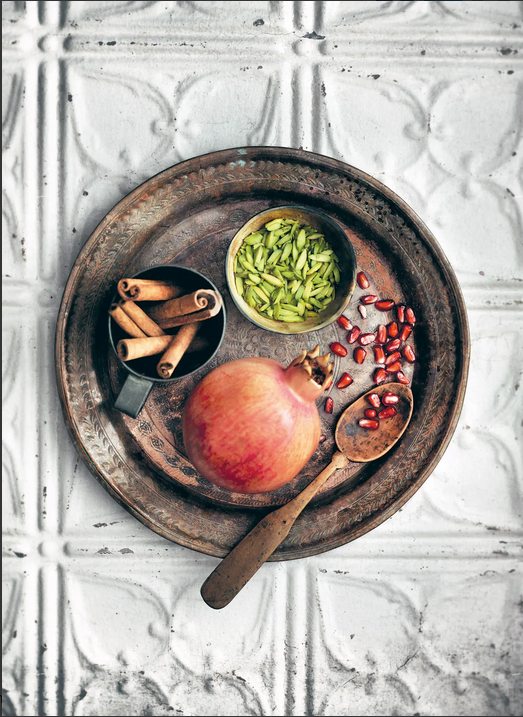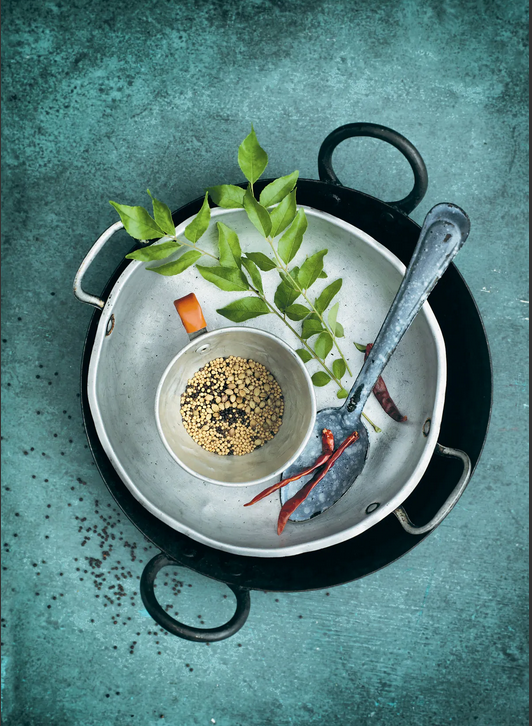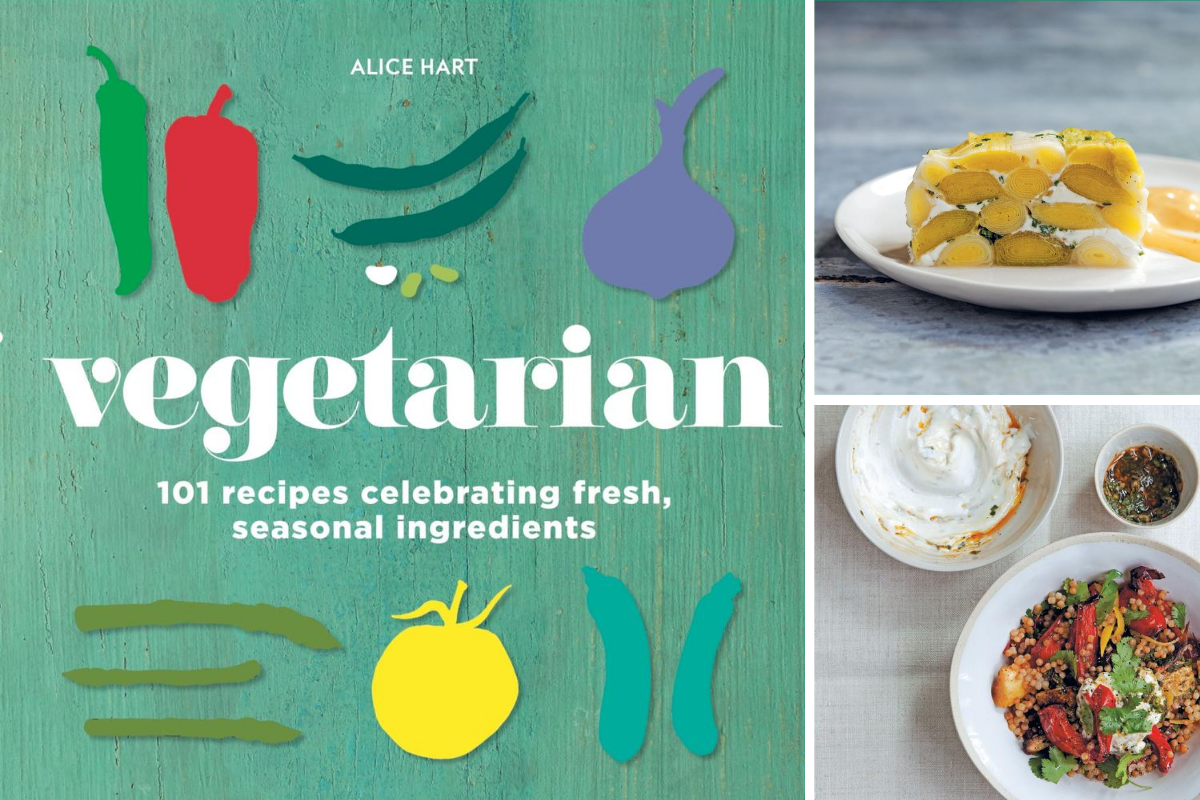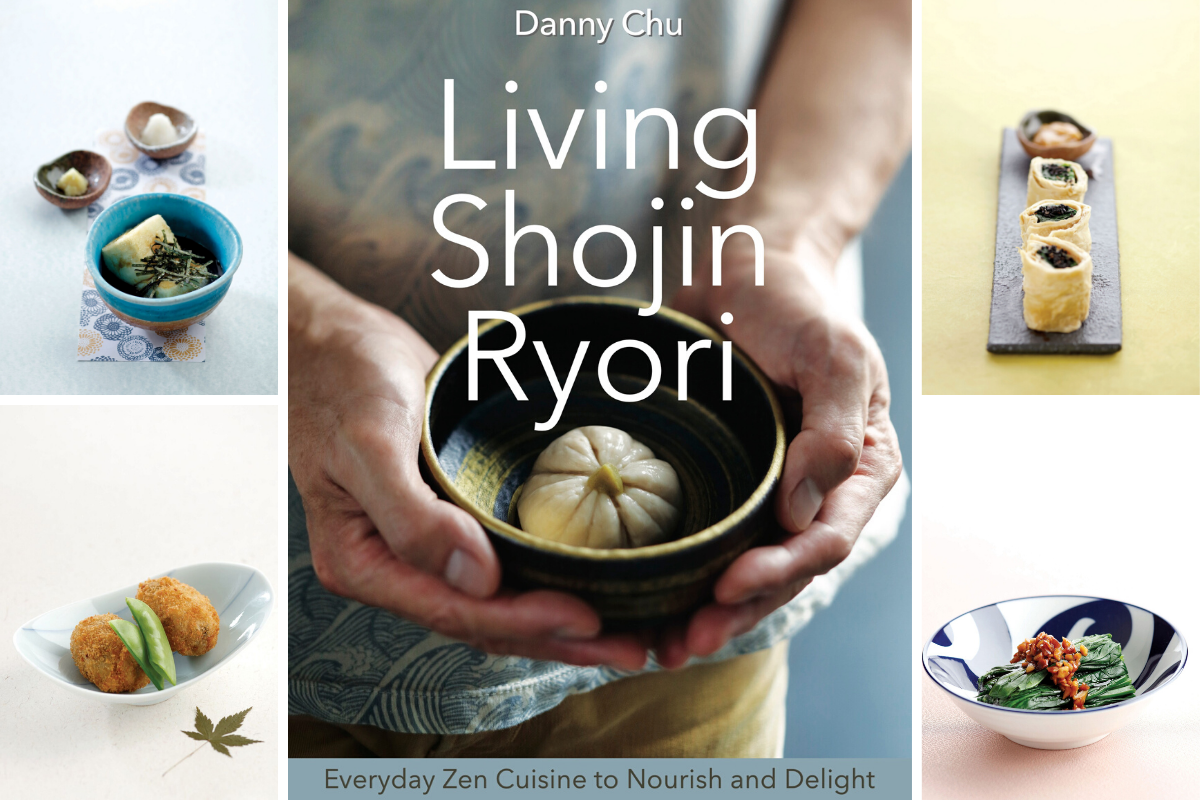Advertisement
Behind the Cookbook: My Street Food Kitchen
19 January 2021 · Behind the Cookbook
“My aim is to make recipes that are accessible to the home cook, but to keep all those tantalizing flavors”
Q&A with Jennifer Joyce
Food writer, author, and stylist Jennifer Joyce grew up in the US and has lived in the UK for 27 years. Her love of good food is matched by her sense of wanderlust, her curious palate, and her brilliant recipe-writing skills (Jennifer’s recipes really work).
In My Street Food Kitchen, Jennifer explores the street-food scene in Mexico & South America, the Mediterranean, East and Southeast Asia, India, the Middle East, and the US, and delivers recipes that taste as good in your home kitchen as they do on your travels.
We quizzed Jennifer about what ‘street food’ is, how she researched the book and tracked down the recipes – and asked about her favorite cookbook authors.
Q: Where did the idea for the book come from, and how did you go about researching and writing it?
I’ve always been a big traveler. From the minute my feet hit the ground in England, I was always planning my next trip, traveling all over Europe and all over Asia. The first five years, my husband Pat and I travelled intensively because we always thought we would be moving back to the US. We spent every dime we had on going to new places. I always wanted to go to places to try the food that I was most curious about.
The idea to write this book came when I realized that there were so many great dishes you taste when you travel, and you can’t always find the recipe, or they’re not recipes that are accessible. So I thought, Surely there’s a way to respect the authenticity of a recipe but with a more modern method and a few less ingredients. My aim with all my books is to make recipes that are accessible to the home cook, but to keep all those tantalizing flavors.
Once I discovered Asian food, I found the cooking so interesting and the flavors so powerful that I wanted to learn more, and to teach other people about it. When I wrote the book in 2015, it was still quite early in the street-food trend.
Q: How would you define street food?
I would say it’s the casual food of each country. It isn’t necessarily what is served on the street corner, but it’s food for everybody – inexpensive and accessible, easy to get hold of. Quick food, things you can eat with your hands. Even things like tagines or curries – they’re things that you’d find in corner neighborhood restaurants. It’s not fine-dining food.
Q: How many countries did you travel to, and how long did the research take?
I did do a count one day, and I think it was 21 countries. Most of the countries in Asia I had been to three or four times. I didn’t plan out which countries I was going to write about, then visit them – it was more a book based on the places that I had already been to, and my knowledge of the dishes. I tried to think: What are the most delicious things from each of those countries? What would be the things that people would want as a ‘best’ of’ from each region?
Q How did you go about finding the recipes?
Half or three quarters of the recipes are things that I ate and then decided to make a version of. For example, Peruvian ceviche. It’s not something I had to ask someone about because I know how to make it, but I might think, I’ll make a version with pineapple and chillies – or I’ll make up my own riff with coconut cream.
This book is a mix of classics and a lot of my own interpretations of dishes, my own creative spins on things. When it came to something classic, like some of the Turkish recipes such as the gozleme with minced lamb and the lamb pide, I have a Turkish friend who was a wealth of knowledge, so I called on her expertise.
I also have the kind of brain that, once I taste something, I can just see the recipe in my head. Then I type it up, go into the kitchen and make it, then write my notes and go back until I’m happy with it.
One of my favorite dishes in the book is the Vietnamese fried chicken with tamarind sauce. I went to Vietnam for three weeks and I had eaten the tamarind sauce, which I was blown away by. Normally it would be served with a lime dipping sauce. It was so delicious and I thought, I’m going to go home and make this.
Q: Did it take a long time to hone and perfect the recipes?
I’ve been cooking Asian food for 25 years so I kind of know how to put the flavors together. It’s always a combination of sweet, sour, spicy, salty… And when I travel, I always ask people: How did you do this, or What’s in this? and, What else is in it? Once you have the nose of knowing what goes with what, it’s not hard to reconfigure things and make your own dishes.
Q: What were some of the unexpected stories, recipes, ingredients or facts that you discovered during your travels and research?
One of the biggest things I learned was about ingredients. With soy sauce, for example, there are so many different types, and when you’re cooking street food, it’s easy to get things wrong. If you’re cooking a Japanese dish and use Chinese soy sauce, it can go badly wrong because Chinese soy sauce is so powerfully salty, while the Japanese one is so refined and subtle.
And Thai sweet soy sauce is different from Malaysian ketjap manis, even though they’re kind of the same thing. When you’re cooking street food, you need to find the best examples and have them in your pantry. It’s like with olive oil or balsamic vinegar. If you buy a poor quality one, it’s not going to give the best results.
One of the recipes I had a lot of trouble with was the Vietnamese Happy Pancakes With Prawns & Lime Chilli Sauce. I was really determined to make them – they were so delicious, super-crisp, like a crepe, but with coconut. I thought, Well it can’t be that hard… I must have tried ten times. In the end I think I got something that worked, and that tasted right – but it was a tricky one. There’s always one of those in every book.
Q: You touched on the idea of authenticity in food and recipes, which, as we know, has become a politicized debate. What are your thoughts on authenticity?
It’s such a loaded word, authenticity. If you go to, say, Thailand, and you asked someone how you make Pad Thai, you’d probably get a thousand different recipes – so which one is ‘authentic’? And maybe you don’t want to make the ‘authentic’ one.
Cooking should be about being free. We definitely want to show respect towards where things come from, but even in its country of origin, people do different things with dishes. Lots of time that makes the recipe better, or easier, or shorter – and that means we’re going to cook it more, which is a good thing. You should be allowed to do what you want in your own kitchen – without completely wrecking it.
And we’re all allowed to make each other’s food. My only complaint is when people do things badly, and use bad ingredients, or create what I call ‘confusion food,’ mixing too many things together.
Q: I know you have a very extensive cookbook collection. Who have been your greatest food inspirations, and which books you cook from most?
One of my favorite authors for Japanese food is Tadashi Ono, who lives in New York. He’s written Japanese Soul Cooking, The Japanese Grill, Japanese Hotpots... One of my favorite Japanese books is The Art of Japanese Cooking by Shizuo Tsuji. It was one of the first books I had in my collection.
And David Thompson is one of my favorite authors for Thai food. And also Vatcharin Bhumichitr. He used to have a restaurant in London’s Soho; he was one of the first people I started reading on Thai food.
For Italian, it’s always been Marcella Hazan, and for Middle Eastern books, Claudia Roden. I have almost 400 cookbooks. I like looking at my books. To me, they’re a great source of comfort. Sometimes they take you back through time. I have my first loves that I could never part from.
See Jennifer’s collection (previewed below) for a selection of the author’s favorite recipes from the book.
You can find every recipe from Jennifer’s My Street Food Kitchen and its sister volume My Asian Kitchen, all on ckbk in full.
Sign up for ckbk's weekly email newsletter
Related Posts
Advertisement

